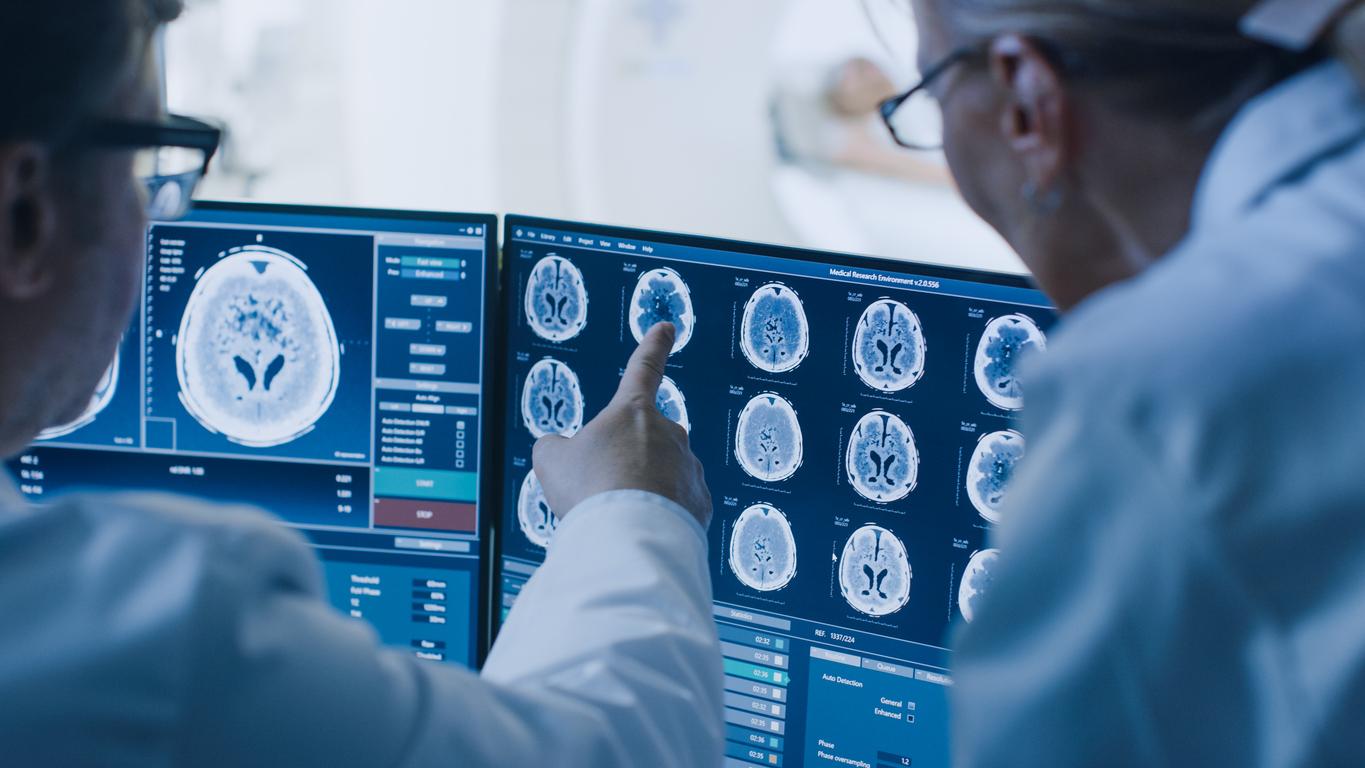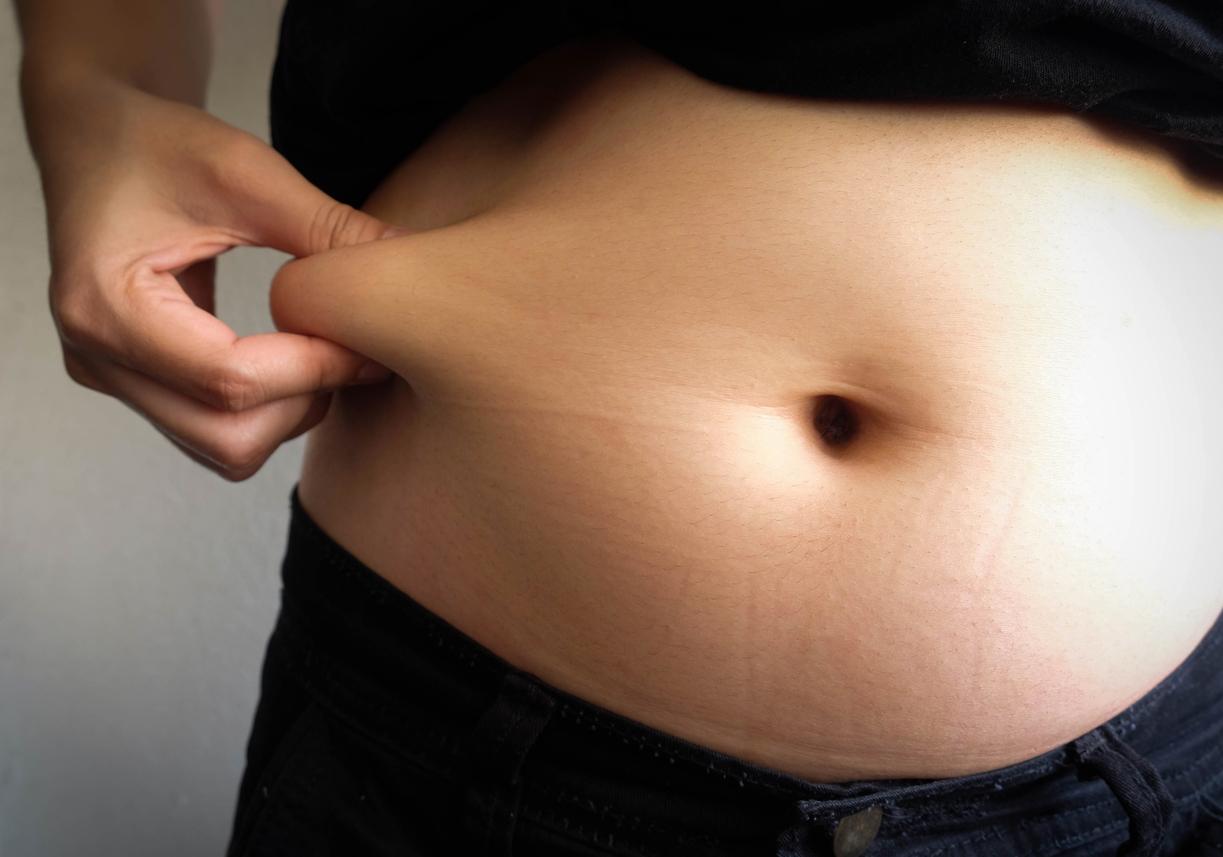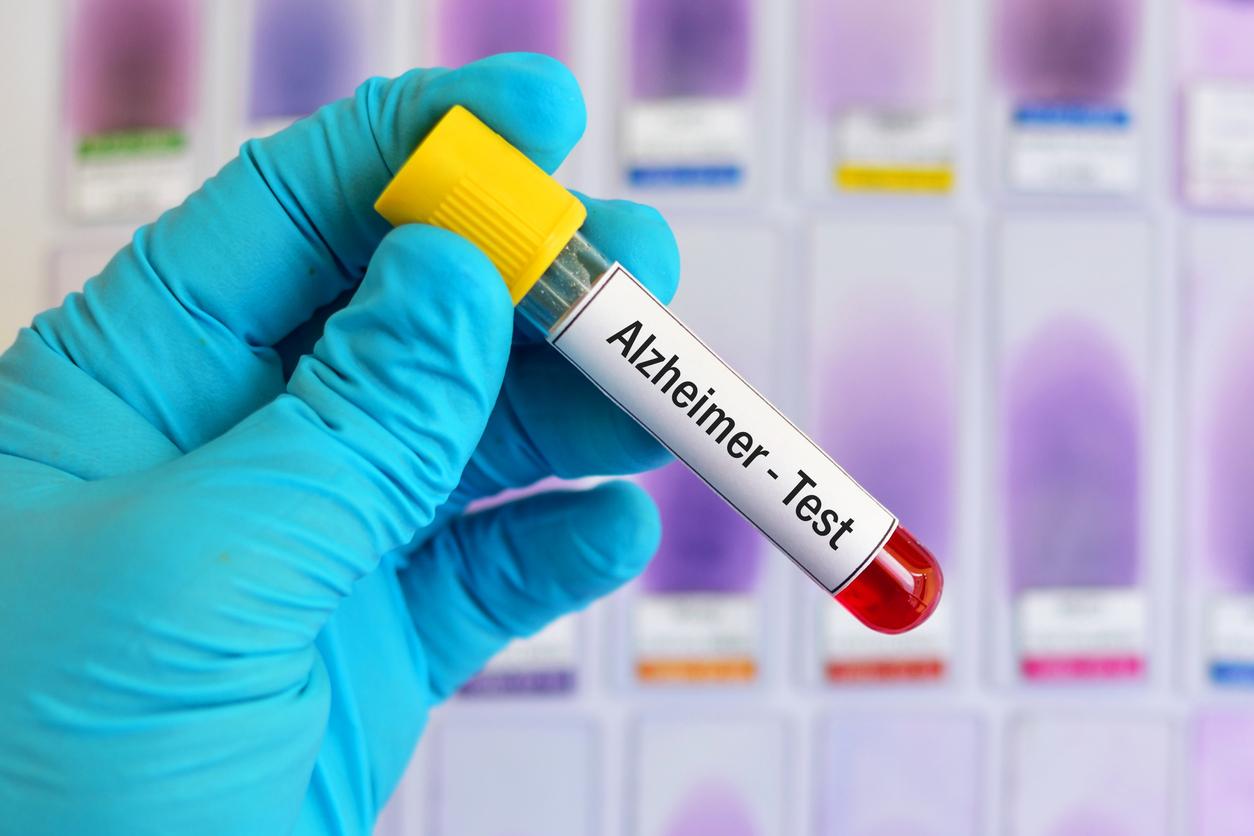The family pictures are the guardians of memories between generations. But in addition to being vestiges of the past, they could well constitute in the future valuable documents for diagnose genetic diseases.
Researchers at the Institute of Genetics and Molecular Medicine at the University of Oxford, UK, have developed software that may revolutionize the screening of rare diseases. By scanning family photos, and scrutinizing the faces of their members, even deceased, the software would be able to detect the risk of genetic disorder in the descendants of this line.
This unprecedented facial recognition was tested on photos of people with recognized genetic diseases. The software passed the test more than 90%. To arrive at this remarkable score, he was trained to analyze and record the morphological traits corresponding to 8 genetic diseases (including trisomy 21) on more than 1,363 photographs of different patients.
A perfect system
Efforts that have paid off since the software currently stores 90 pathologies. However, this performance has its limits: the probability of making a correct diagnosis is 30%. Not enough to jump to the ceiling, but it’s already a start, say the researchers. The system will be improved and may one day be able to diagnose the most difficult to spot genetic diseases, says the study, published in the online scientific journal Elfie. “The idea is to make it available to healthcare systems all over the world, because all you need is a computer and a digital photograph,” Christoffer Nellåker, one of the software’s creators, tells the Newscientist.















